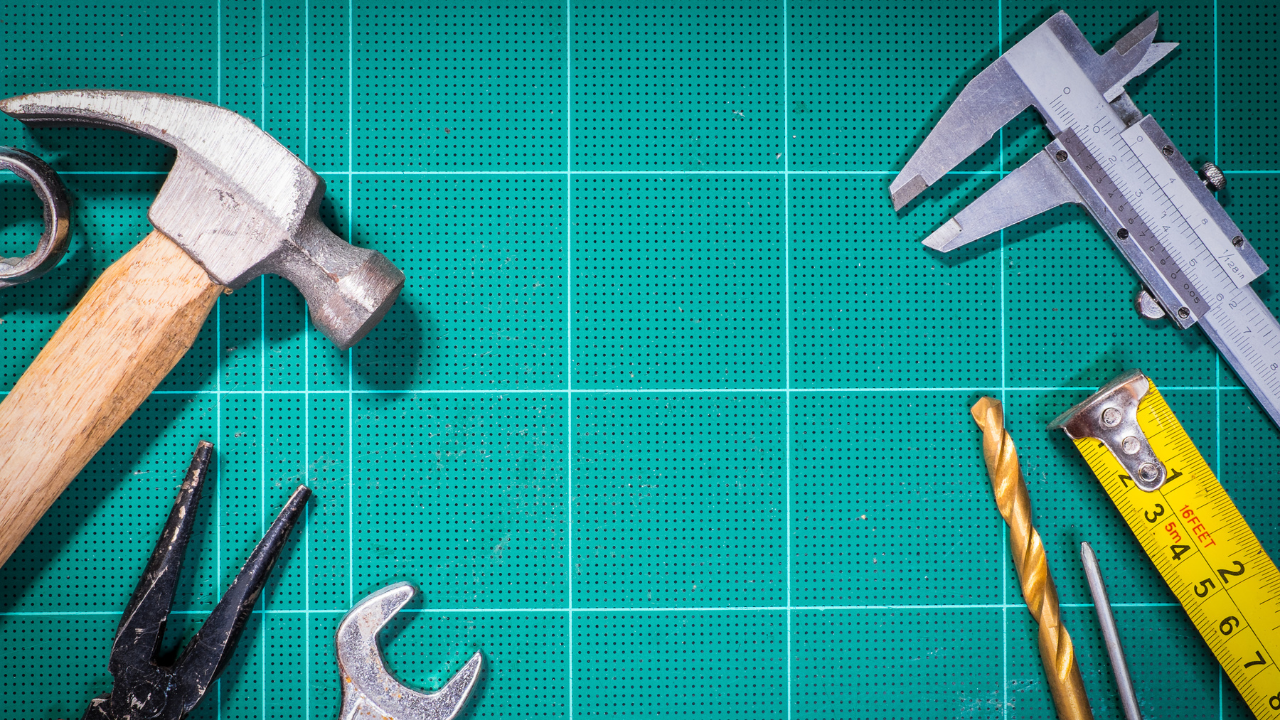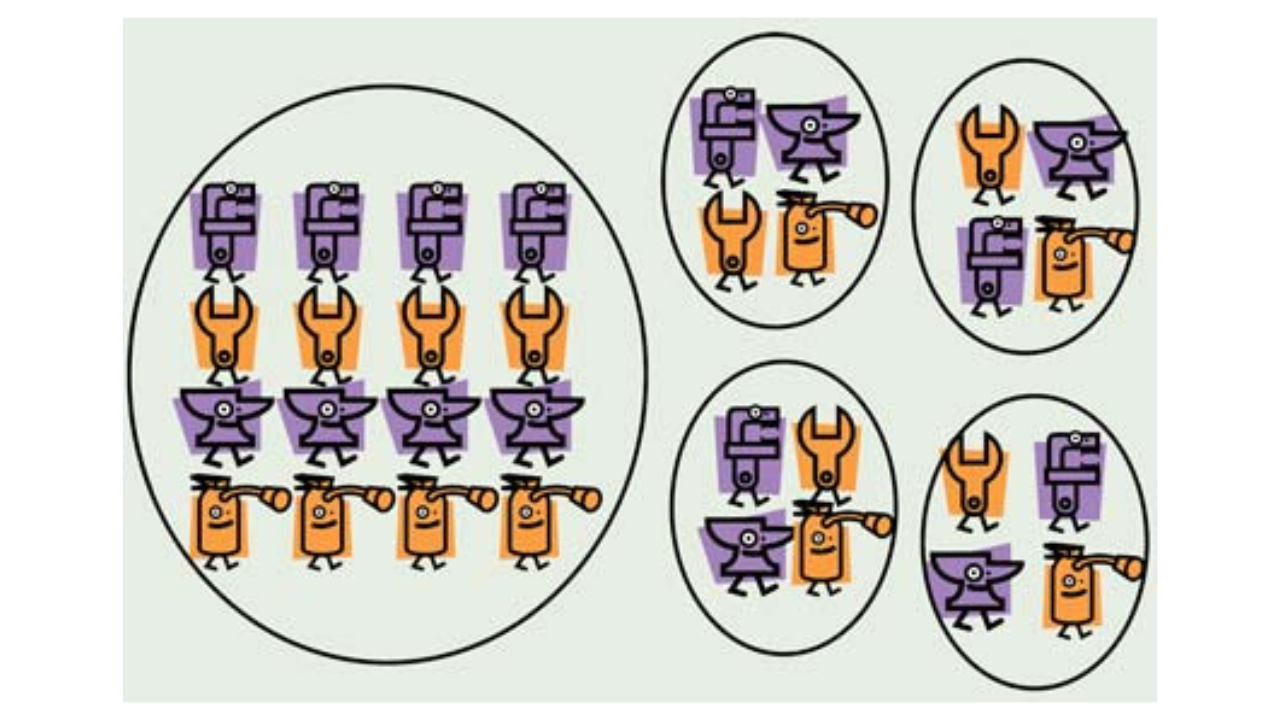Why Planned Maintenance?
John W. Rushton, Rushton International
There is only one reason to support a planned maintenance program. Planned maintenance increases profits! The primary objective for any business is to produce profits for the owner. Profit oriented goals apply to an elderly couple operating a corner grocery store, as well as to large corporations. Even maintenance consulting firms have to operate at a profit. Maintenance control in a mine, fleet or plant can increase profits in two ways:
- Increased production: Reduction of wasteful or unnecessary downtime increases production, thereby increasing profits.
- Reduced costs: Higher productivity, method improvements or material changes can reduce maintenance costs, thereby increasing profits.
It is the responsibility of maintenance management to continually seek ways to increase production or reduce costs. It is usually easier to achieve higher profits by increasing production. Planned maintenance can help operations achieve higher production by increasing “on-line time” or “up-time”. In most cases the maintenance department, not operations, has the greatest opportunity to increase production. A machine that is not operating due to a mechanical problem is producing nothing. A piece of equipment that is up and running, even if poorly attended, is producing and adding to profit. Planned maintenance helps keep downtime at a minimum, while still maintaining the equipment in such a condition that both production and cost goals are achieved.
The benefits of planned maintenance are real. Additional advantages are listed below:
ADVANTAGES OF PLANNED MAINTENANCE
- Releases front-line foremen from major planning duties and allows them more time to supervise their crews.
- Provides procedures to plan, execute, monitor and control maintenance resources.
- Reduces delays in waiting for men, material, tools after a job is in progress.
- Provides for systematic collection of materials prior to planned jobs.
- Provides procedures to implement and continue a PM program.
- Provides a communication link between maintenance and operations.
- Provides a daily plan for front-line supervisors.
- Allows hourly employees to be 100% work loaded.
- Helps field repairs coordinate work with shop and construction forces.
- Performance reporting allows upper management to judge maintenance progress.
- Reduces the time required for critical shutdowns or overhauls.
- Reduces maintenance costs.
- Provides a tool for operations to assign priorities.
- Reduces emergency breakdowns.
There aren’t many downsides, so do what you can to implement planned maintenance at your organization!
Related Articles

A Planner's Tool Kit

Uptime: Fill Out Work Orders? Who's Got Time for Paperwork?

Tips for Maintenance Planning

Centralized Maintenance vs. Decentralized

You Cannot Maximize Production or Reduce Costs Without the use of an Effective Planned Maintenance System

Work Order Prioritization




